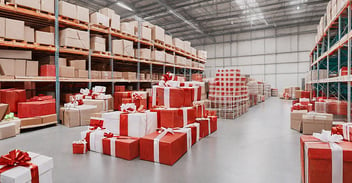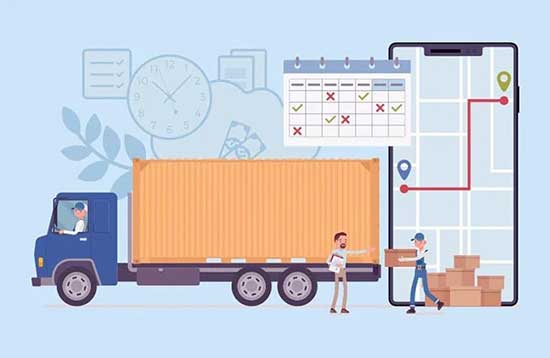
How can ERP solutions scale e-commerce business?
Published :

ERP systems can help e-commerce businesses to a great extent. There are stats and market research to prove the fact.
When scaling an e-commerce business, relying solely on traditional techniques can slow down the process and increase the costs. On the other hand, modern-day ERP solutions do the exact opposite: quicken the process and reduce the cost.
Don’t believe it? Here’s exactly how ERP solutions will help you grow your e-commerce business:
An ERP system can enable customers to view their order status, track their shipping details, and know the inventory availability. This means that your workforce can now focus on core business functions instead of managing all the tasks. Additionally, the chances of human errors, re-works, order backfires, etc. will decrease to almost zero.
Either way, an Enterprise Resource Planning solution will make the operations smoother and diminish the costs.
Finance & Accounting ERP system can help you view end-to-end business finances. You can monitor and manage your capital. Moreover, you can generate sales reports, balance sheets, P/L statements, and much more, to bring clarity to your financial information.
To keep it brief, Finance ERP integration can help your organization with flexible bookkeeping, impeccable reporting, and unparalleled financial consolidation. This will help establish hassle-free relations with vendors and customers.
One of the things that can hurt a retail business is terrible inventory management. Understocking or overstocking happens quite often with stores which do not have clear visibility into their inventory, among other problems.
With an effective ERP system, such errors can be eliminated. You can get real-time sales details and reports on what sells and what doesn’t. Based on that information, an ERP system can notify you about the stocks of products and approximate time of when the new stock will be needed.
In short, this will help maintain a check on inventory and hence reduce the cost.
You had your warehouse stocked correctly. You did the marketing right. And now it’s time for delivery.
When you are scaling an e-commerce business, generating individual invoices and doing all the things that a small-scale business will do is exhausting and a money-burner. In such cases, Transport Management Systems can come in handy alongside the accounting software.
You can get the processes running almost instantly. From documentation and shipment to proof of delivery, everything can be accessed from one place if you use an efficient ERP solution.
Everything mentioned above, from up-to-date product information to tracking details, serves as a customer-pleaser. A hassle-free experience is what purchaser expects, and a complete ERP solution will give that.
Additionally, you can practice other marketing strategies to woo the customers. Things like sending an excellent welcome email or giving offers to newly signed-up users can help turn prospects into customers.
Overall, an ERP system can build a long-lasting, recurring revenue source. ERP has the power to scale e-commerce business. From inventory management and operations to marketing and customer satisfaction, automated ERP solutions can give the power to skyrocket your e-commerce business.
So, which ERP system are you integrating?
Enterprise asset management (EAM) involves the management of mission critical assets of an organization throughout each asset's lifecycle. EAM is used to plan, optimize, execute, and track the needed maintenance activities with the associated priorities, skills, materials, tools, and information. The aim is to optimize the quality and utilization of assets throughout their lifecycle, increase productive uptime and reduce operational costs.
Enterprise asset management (EAM) involves the management of the maintenance of physical assets of an organization throughout each asset's lifecycle. EAM is used to plan, optimize, execute, and track the needed maintenance activities with the associated priorities, skills, materials, tools, and information.
The software helps in effective maintenance of assets through preventive, predictive, shutdown and breakdown maintenance strategies. The system also helps enterprises mitigate equipment risks by enhanced safety standards. The streamlined operations and improved asset performance helps organizations increase their investment effectiveness.
EAM is important because it helps organizations track, assess, manage and optimize asset quality and reliability. Asset intensive Organizations have hundreds, thousands, even millions of assets which needs to be maintained to maximize / optimize life of these assets to increase the return on investment.
The key features of effective EAM are:
Asset Intensive companies under the following Industries :
Contact us for a meeting and schedule a demo
This differs on case to case basis, based on the type of installation and unique industry specific requirements. Contact us for a meeting and schedule a demo.
This differs on case to case basis, based on the type of installation and unique industry specific requirements. Contact us for a meeting and schedule a demo.
Stay Connected, follow us on LinkedIn / Twitter to know more about EAM Software latest trends.

All Rights Reserved. © Copyright 2024. Ramco Systems.